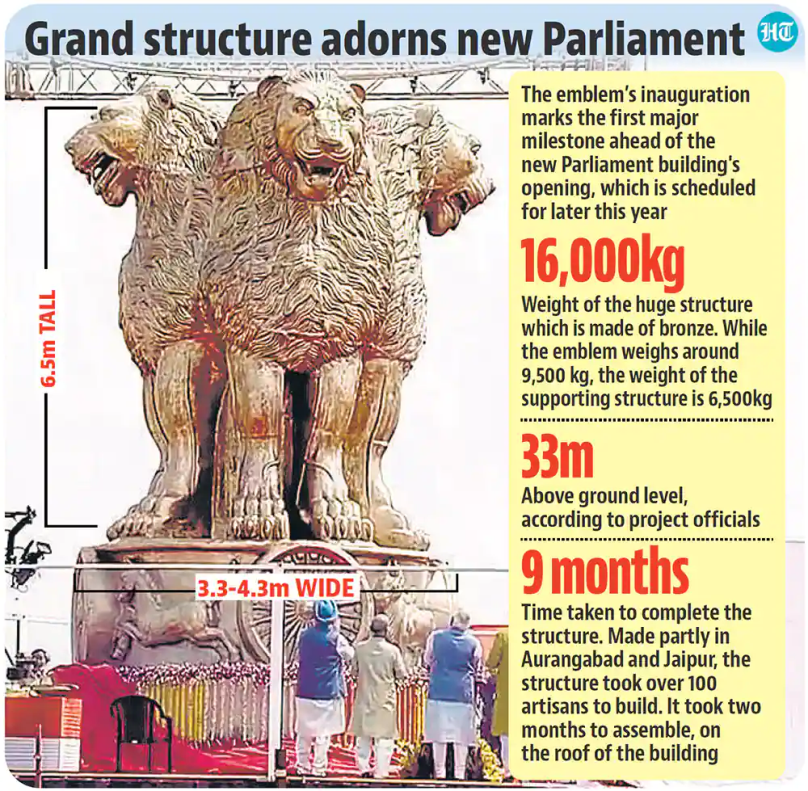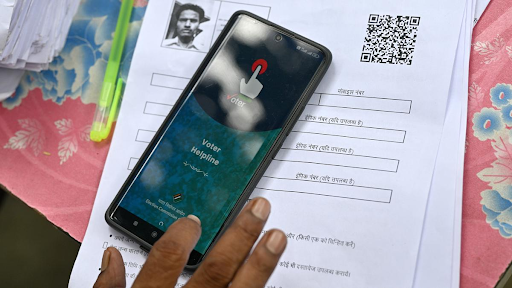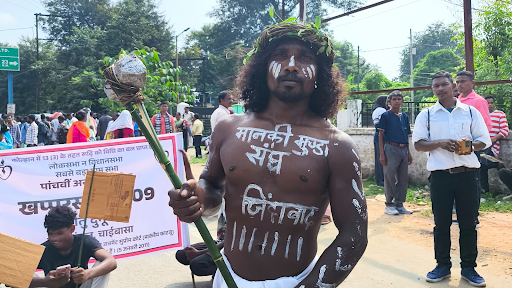





Copyright infringement not intended
In News
Details
New Parliament Building
State Emblem of India
https://indianexpress.com/article/explained/national-emblem-crown-new-parliament-8022764/








© 2025 iasgyan. All right reserved